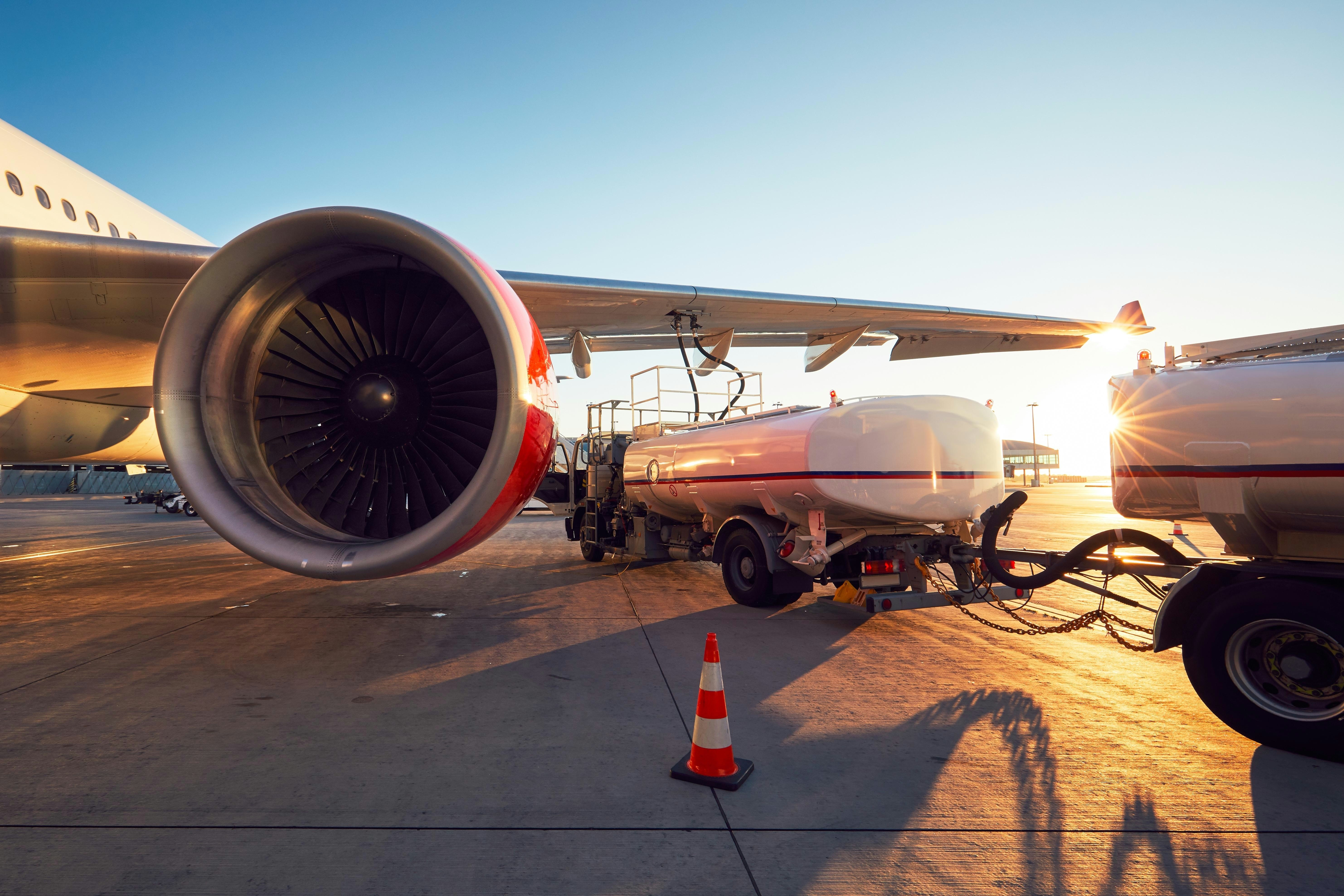
AeroGenie — ваш интеллектуальный второй пилот.
В тренде
Categories
Letter: Joby Aviation’s Electric Air Taxi Is Not a Flying Car
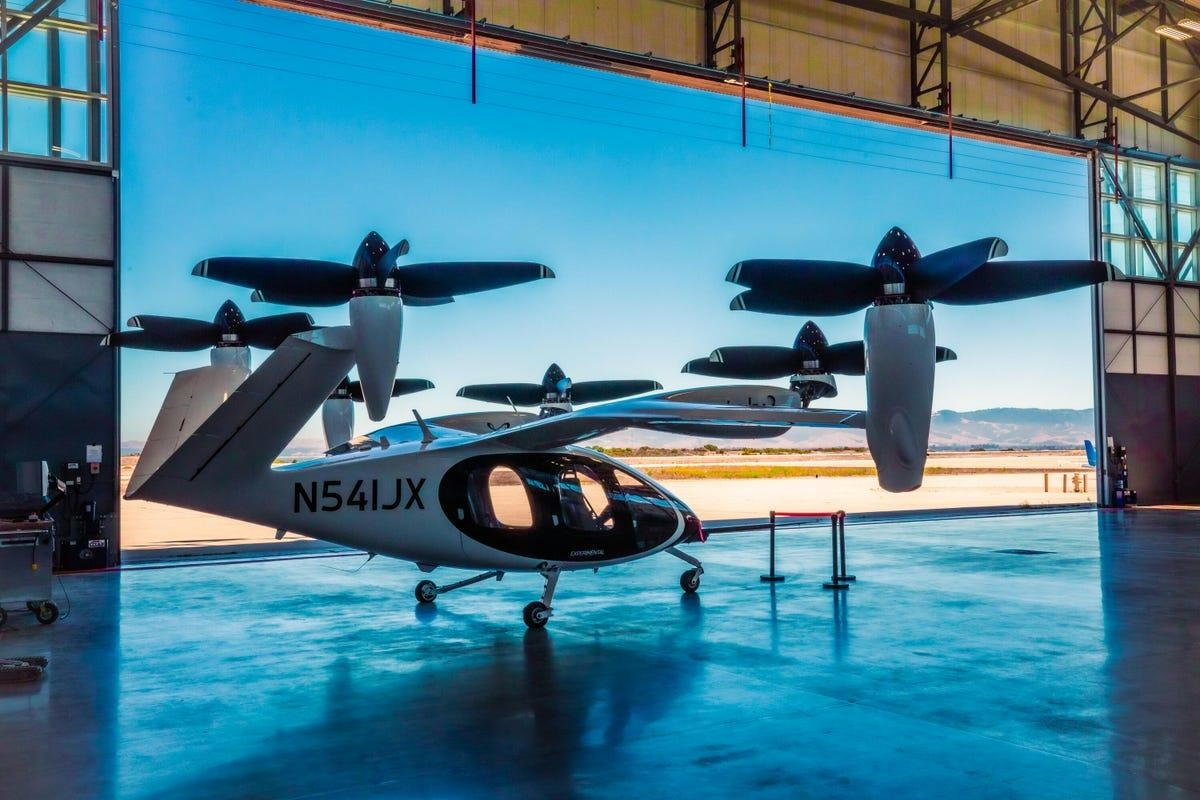
Letter: Joby Aviation’s Electric Air Taxi Is Not a Flying Car
The recent article in the August 3 edition of Sunday LNP | LancasterOnline, titled “Your flying car is outside,” presents a misleading characterization of Joby Aviation’s new electric air taxi. Contrary to the headline, Joby’s aircraft is not a flying car or a roadable vehicle, as it lacks any capability to operate on roads. The design is specifically tailored for vertical takeoff and landing at small airports or vertiports, rather than for highway driving or residential garage parking. The flying car industry, by contrast, involves vehicles that are certified for highway use, capable of flight, and often compact enough to fit in a standard garage with folded wings.
Joby Aviation’s recent acquisition of Blade Air Mobility’s ride-share business, valued at up to $125 million, underscores the company’s commitment to electric air taxis rather than flying cars. This strategic move provides Joby with access to an established customer base and operational infrastructure, facilitating a transition from traditional helicopter services to electric vertical takeoff and landing (eVTOL) aircraft. Nevertheless, this transition faces significant regulatory challenges, as authorities must rigorously evaluate the safety and reliability of these new vehicles in comparison to conventional helicopters.
Moreover, Joby confronts competition from other eVTOL developers, many of whom may accelerate their development and market entry in response to Joby’s initiatives. The market’s response—both from investors and potential customers—will largely depend on the performance of Joby’s electric air taxis, particularly regarding reliability and safety, as the company seeks to replace existing helicopter services.
In conclusion, while Joby Aviation is advancing in the emerging eVTOL sector, its electric air taxi should not be conflated with a flying car. These two technologies serve distinct purposes and face separate regulatory and operational challenges as they progress toward wider adoption.

The Boeing 747-8: Why It’s Rare on U.S. Routes and How to Experience It Abroad
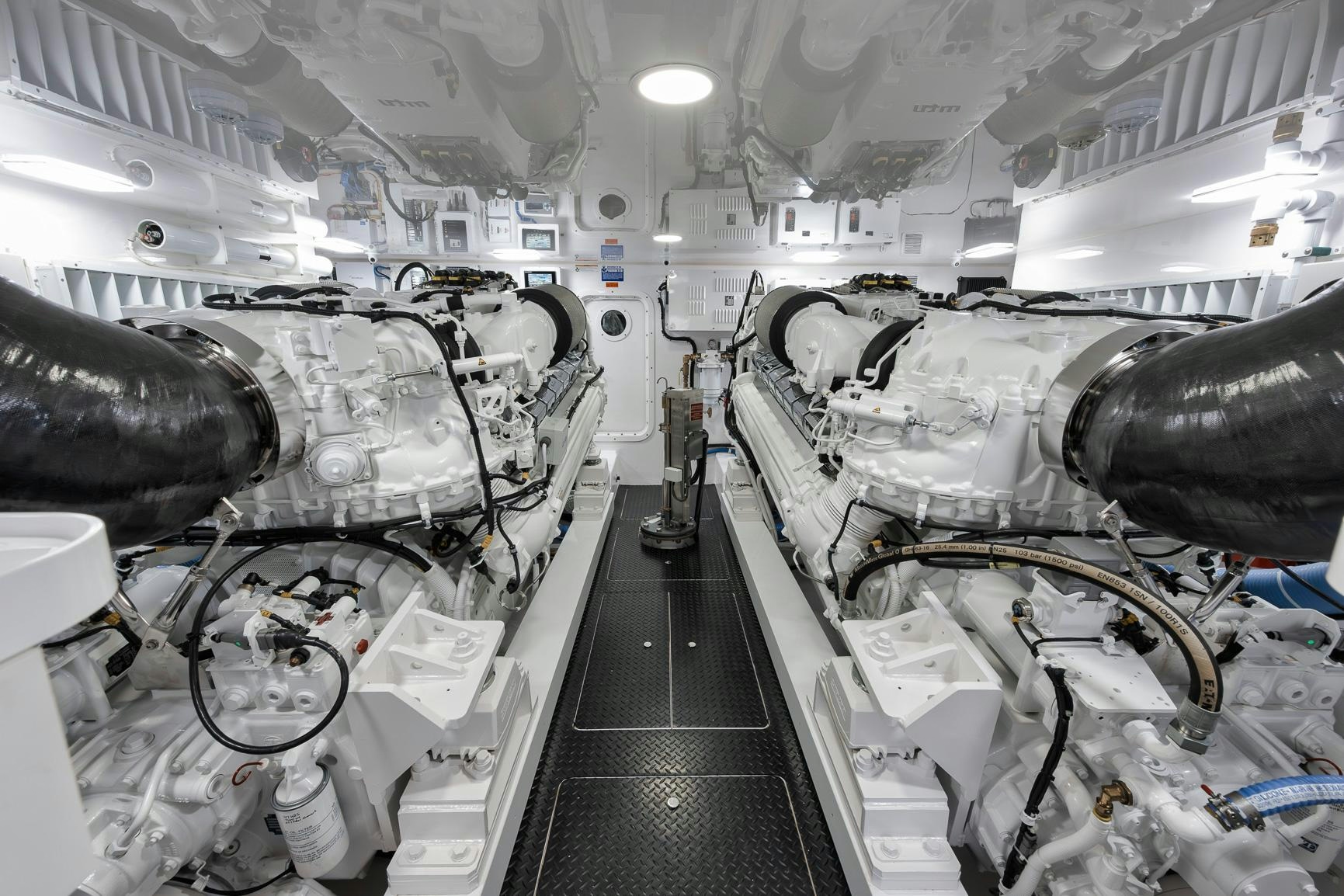
Why Aircraft Engines Lack Screens or Grills
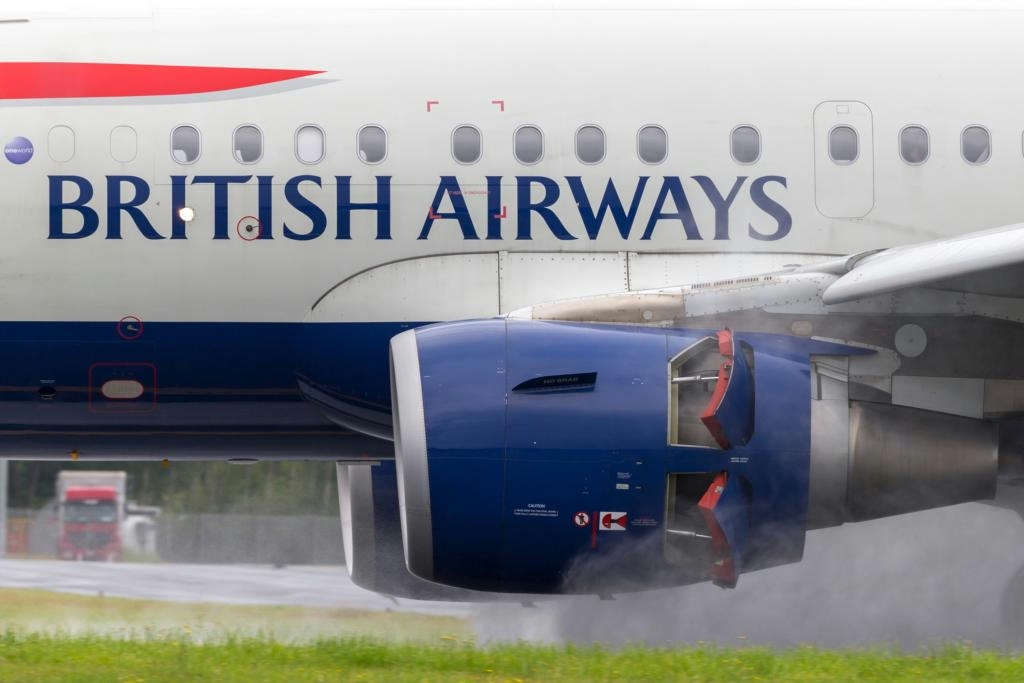
How Aircraft Engines Use Reverse Thrust During Landing

AI-Powered Air Traffic Control Integrated into Home Flight Simulators
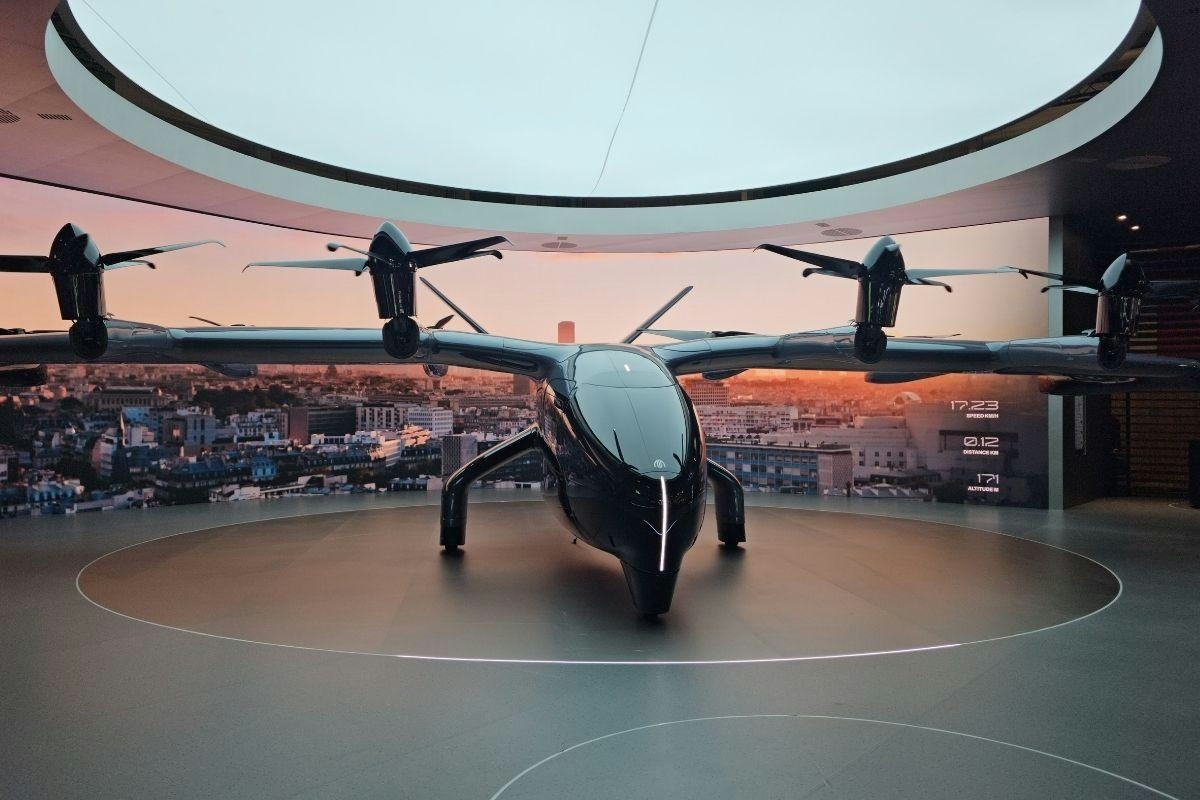
Autonomous Flying Taxis Prepare to Enter U.S. Airspace
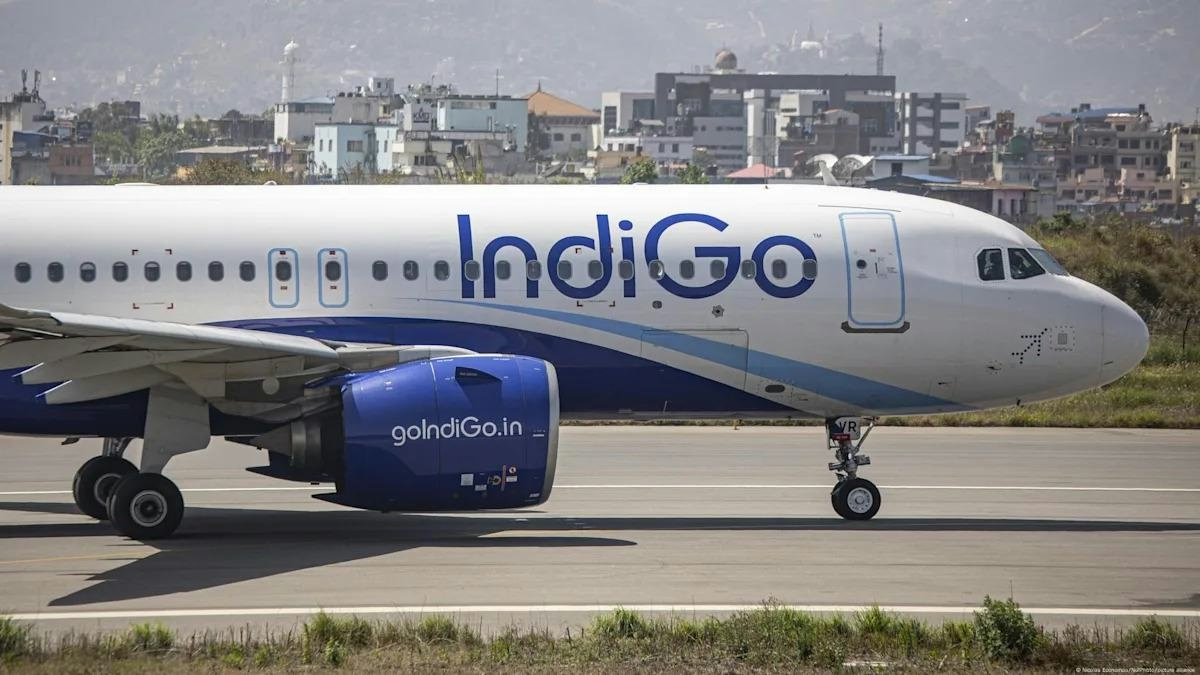
Aviation Ministry Approves Two New Indian Airlines Following IndiGo Crisis
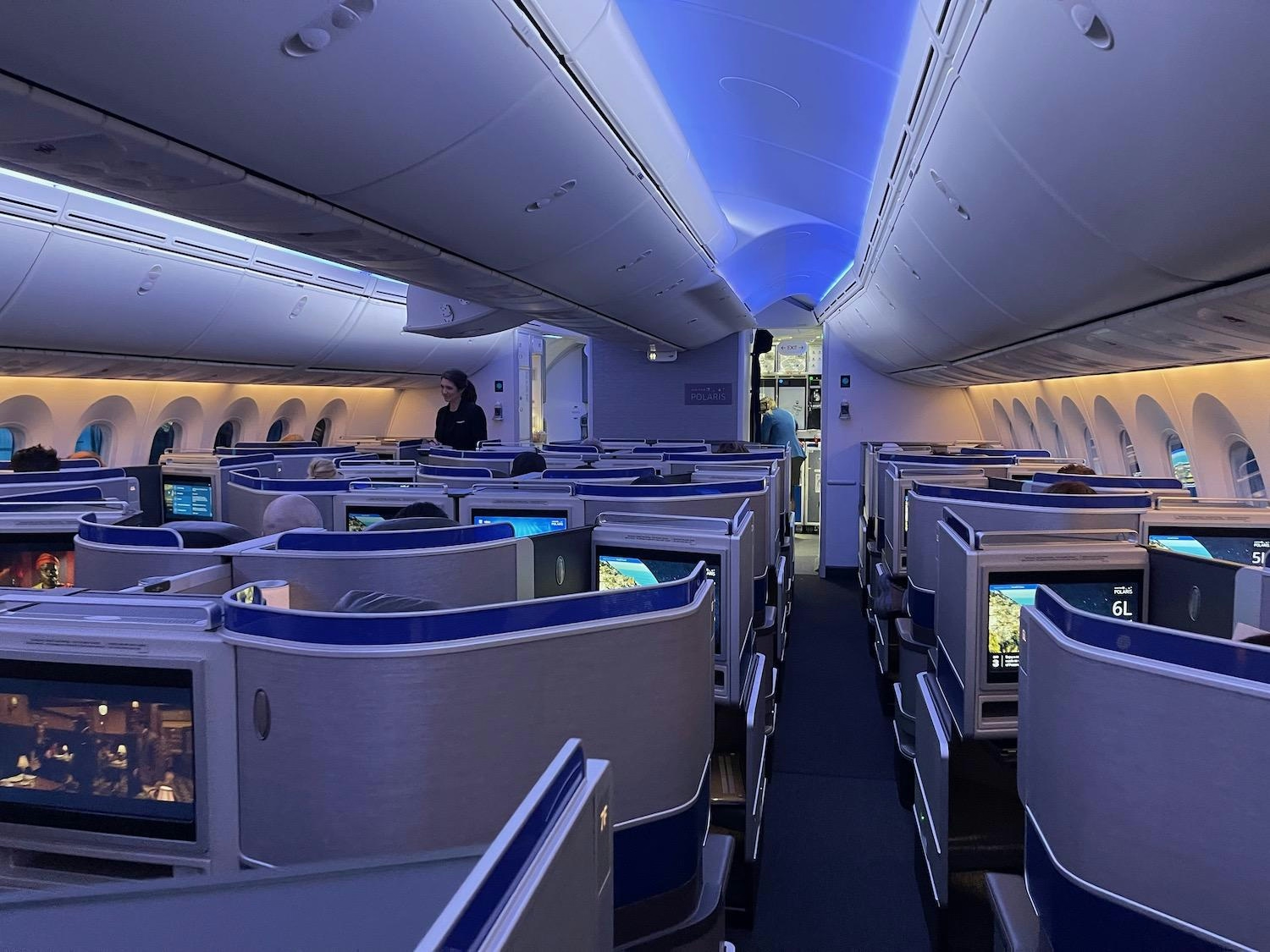
Is the Boeing 787-10 a Viable Option for Delta Air Lines?
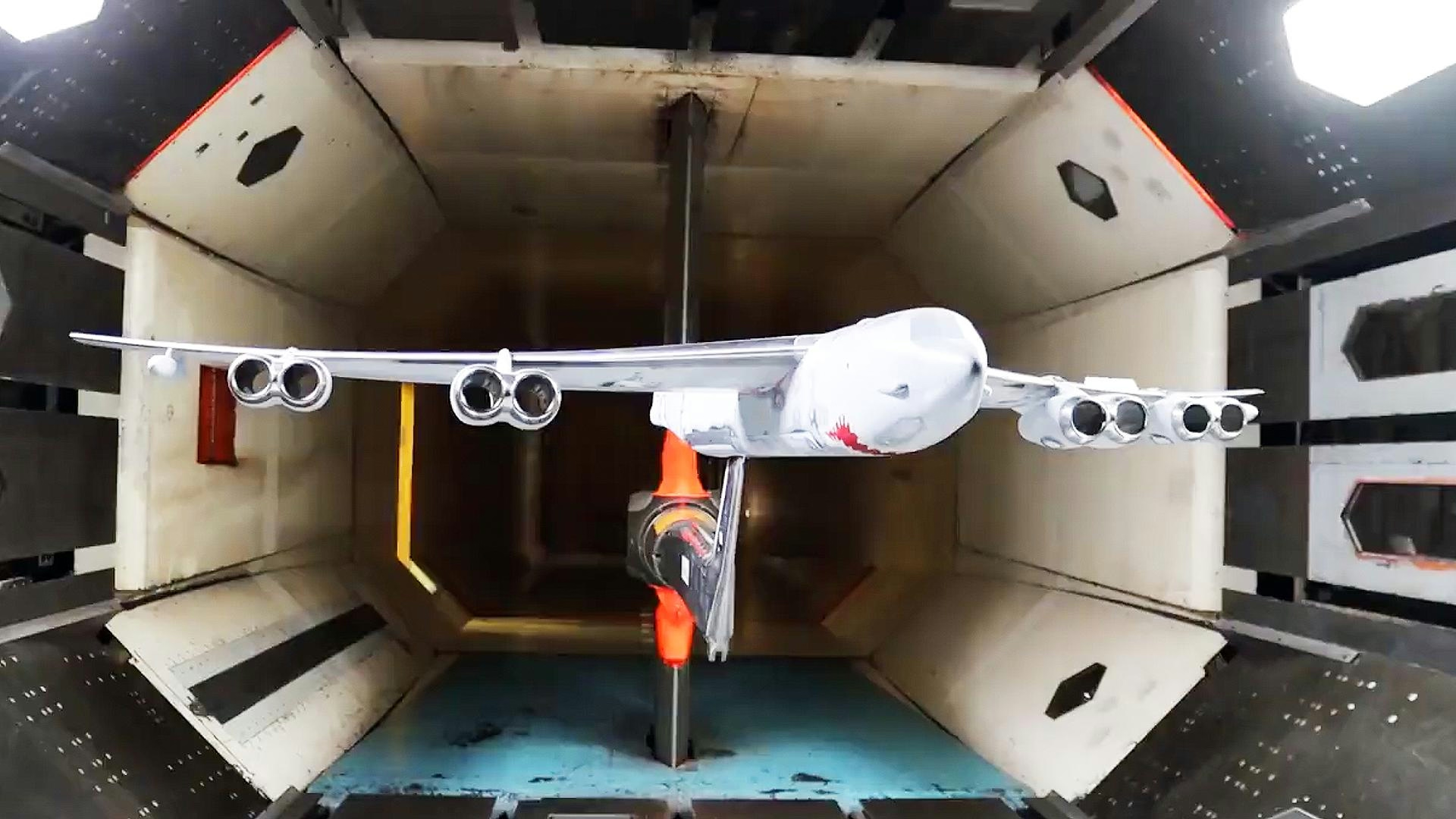
Boeing Wins $2 Billion Contract to Upgrade B-52 Engines
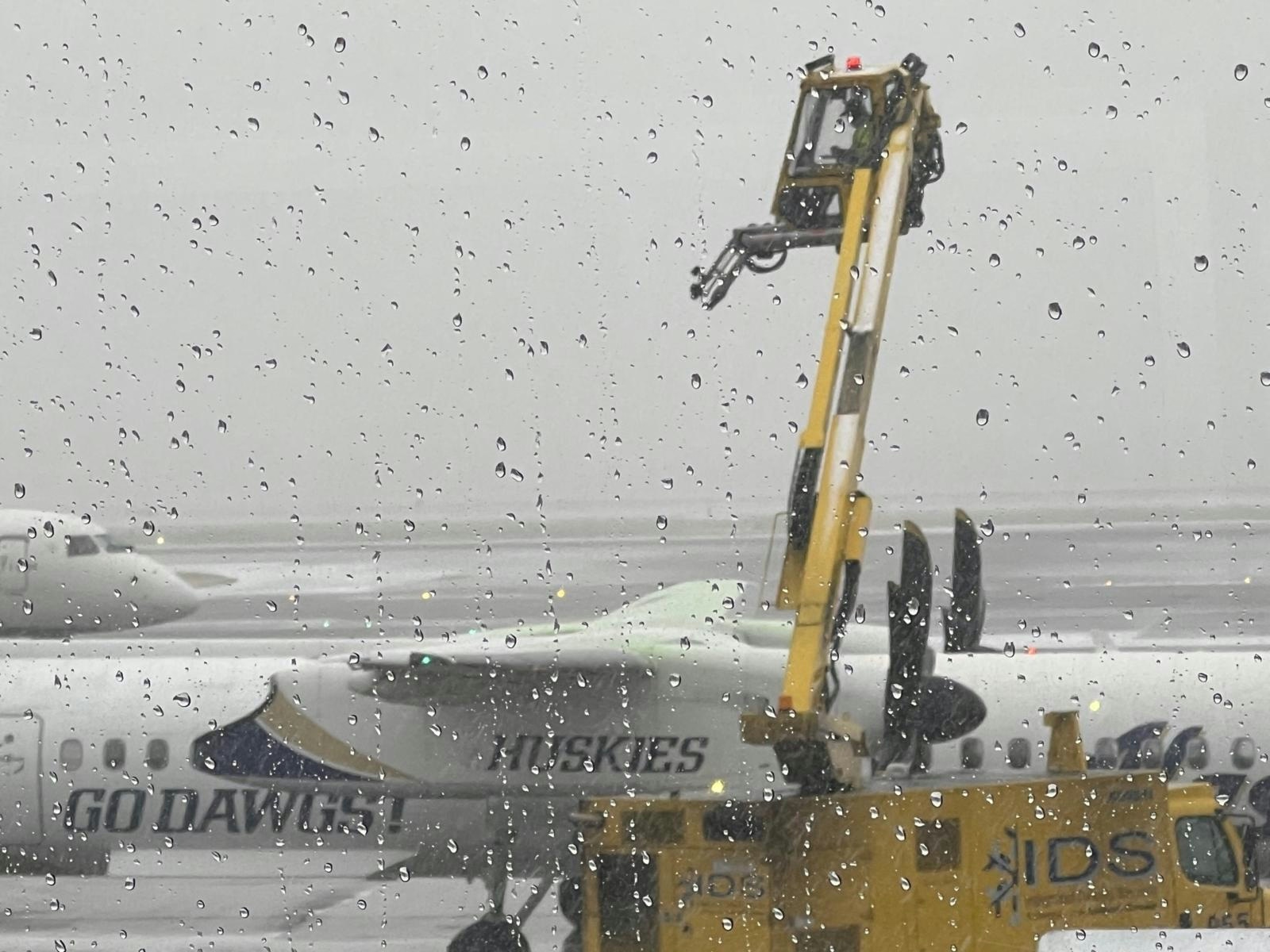
Do Aircraft Engines Require Antifreeze in Winter?
